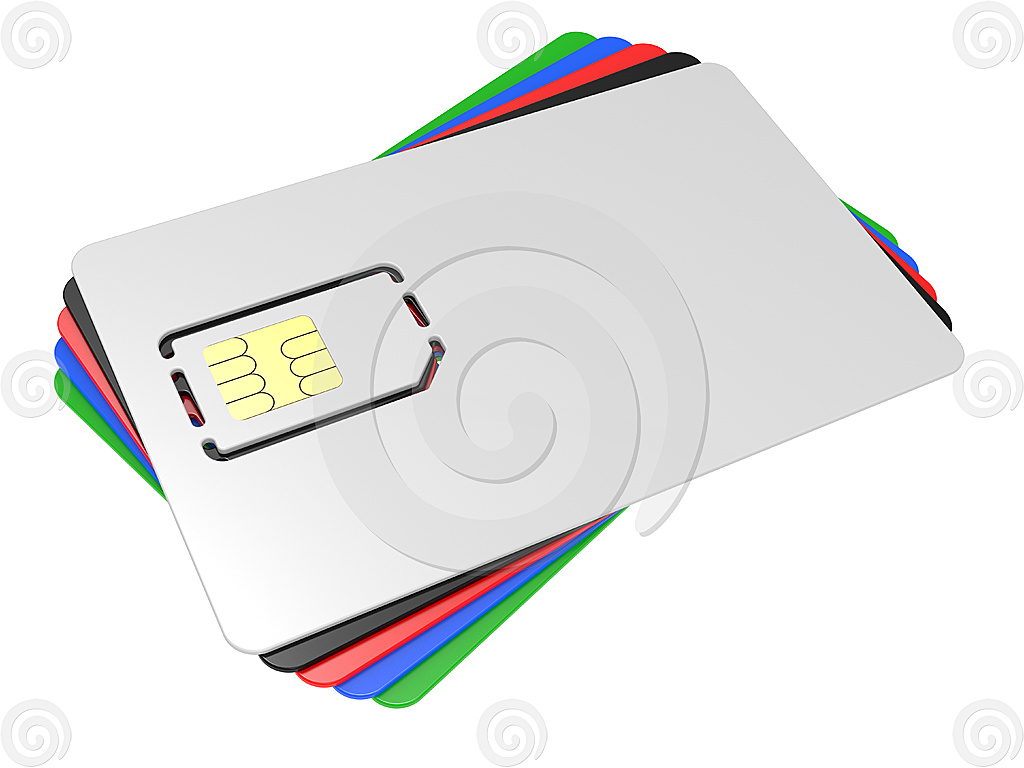 A SIM card or Subscriber Identity Module is a portable memory chip used in some models of cellular telephones. The SIM card makes it easy to switch to a new phone by simply sliding the SIM out of the old phone and into the new one. The SIM holds personal identity information, cell phone number, phone book, text messages and other data. It can be thought of as a mini hard drive that automatically activates the phone into which it is inserted.
A SIM card or Subscriber Identity Module is a portable memory chip used in some models of cellular telephones. The SIM card makes it easy to switch to a new phone by simply sliding the SIM out of the old phone and into the new one. The SIM holds personal identity information, cell phone number, phone book, text messages and other data. It can be thought of as a mini hard drive that automatically activates the phone into which it is inserted.
A SIM card can come in very handy. For example, let’s say your phone runs out of battery power at a friend’s house. Assuming you both have SIM-based phones, you can remove the SIM card from your phone and slide it into your friend’s phone to make your call. Your carrier processes the call as if it were made from your phone, so it won’t count against your friend’s minutes.
If you upgrade your phone there’s no hassle involved. The SIM card is all you need. Just slide it into the new phone and you’re good to go. You can even keep multiple phones for different purposes. An inexpensive phone in the glove compartment, for example, for emergency use, one phone for work and another for home. Just slide your SIM card into whatever phone you wish to use.
High-end cell phones can be very attractive and somewhat pricey. If you invest in an expensive phone you might want to keep it awhile. Using a SIM card, it is even possible to switch carriers and continue to use the same phone. The new carrier will simply issue you their own SIM card. The phone must be unlocked, however, and operate on the new carrier’s frequency or band.
A SIM card provides an even bigger advantage for international travelers — simply take your phone with you and buy a local SIM card with minutes. For example, a traveler from the U.S. staying in the U.K. can purchase a SIM card across the pond. Now the phone can be used to call throughout England without paying international roaming charges from the carrier back home.